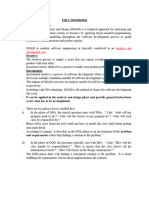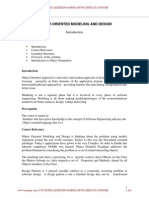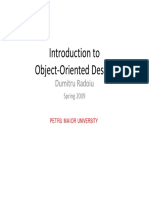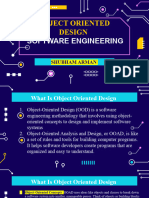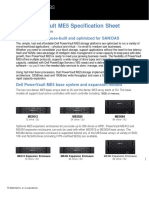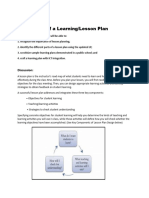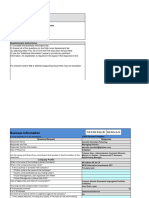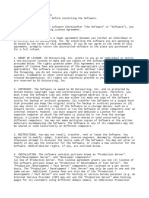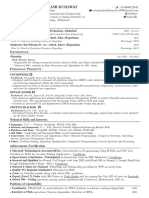0% found this document useful (0 votes)
58 views3 pagesObject Oriented Design Complete Guide
Object-Oriented Design (OOD) is a design methodology that models systems as interacting objects with their own data and behavior, emphasizing modularity, reusability, and maintainability. Key concepts include classes, objects, encapsulation, abstraction, inheritance, and polymorphism, along with various design types and techniques such as UML and design patterns. The benefits of OOD include easier maintenance, reusability, scalability, and improved team collaboration.
Uploaded by
balogunmatthew096Copyright
© © All Rights Reserved
We take content rights seriously. If you suspect this is your content, claim it here.
Available Formats
Download as PDF, TXT or read online on Scribd
0% found this document useful (0 votes)
58 views3 pagesObject Oriented Design Complete Guide
Object-Oriented Design (OOD) is a design methodology that models systems as interacting objects with their own data and behavior, emphasizing modularity, reusability, and maintainability. Key concepts include classes, objects, encapsulation, abstraction, inheritance, and polymorphism, along with various design types and techniques such as UML and design patterns. The benefits of OOD include easier maintenance, reusability, scalability, and improved team collaboration.
Uploaded by
balogunmatthew096Copyright
© © All Rights Reserved
We take content rights seriously. If you suspect this is your content, claim it here.
Available Formats
Download as PDF, TXT or read online on Scribd
/ 3


